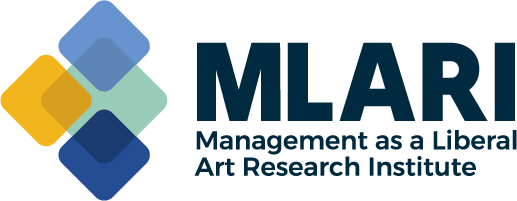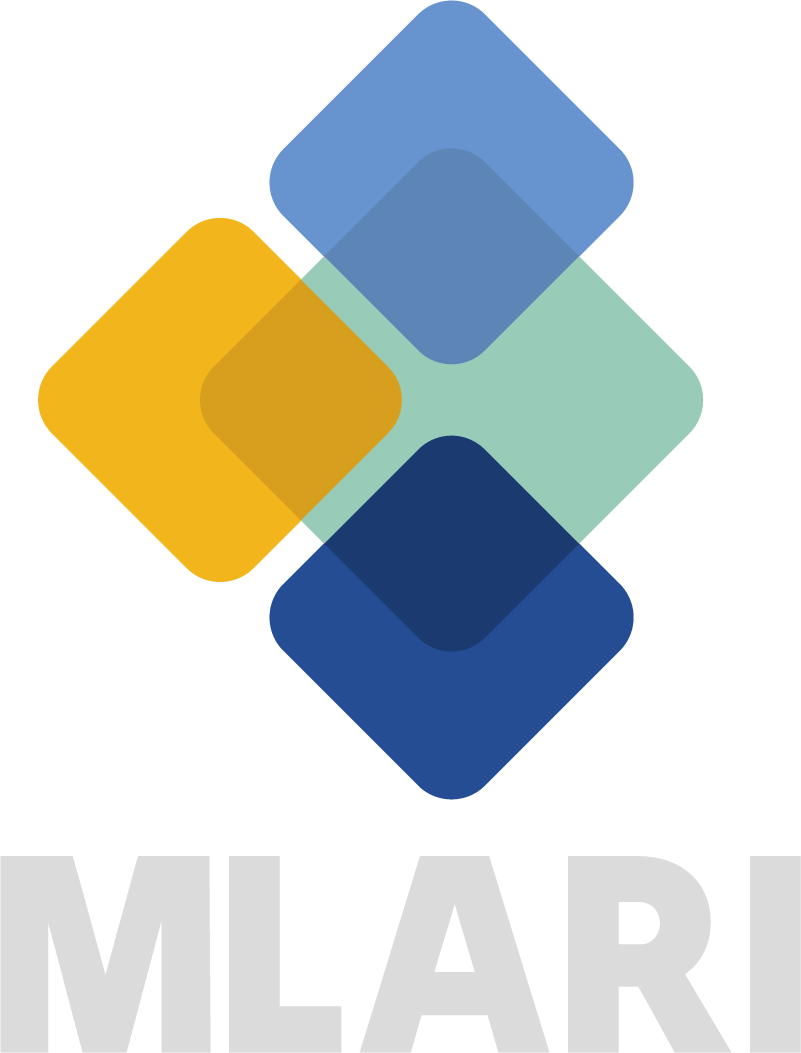Michele Buck: Pioneering Management as a Liberal Art at Hershey
PUBLISHED:
Michele Buck’s ascension to the role of CEO at The Hershey Company represents a significant milestone, not only as the first female to hold this position in the company’s storied history but also as an embodiment of the principles of management as a liberal art (MLA). Her leadership journey combines the practicality of business management with the broad, humanistic perspectives of the liberal arts, offering a blueprint for modern corporate leadership that is both effective and ethically grounded.
Early Life and Career Development
Buck's narrative begins in the humble settings of central Pennsylvania, where her early life shaped the principles she would later apply in her corporate journey. Her upbringing, characterized by modesty and hard work, laid the foundation for a leadership style that values integrity, humility, and the contribution of each individual. Buck’s educational and career journey also offers valuable insights into her grounding in principles aligning with management as a liberal art (MLA). Her academic path took her through Shippensburg University for her undergraduate degree, followed by an MBA from UNC Chapel Hill, a choice influenced by the institution's emphasis on teamwork. While her education may not be in the liberal arts directly, the values and skills emphasized in her MBA program—teamwork, ethical leadership, and holistic problem-solving—mirror the multidisciplinary, human-centered approach central to MLA. This background, rich in lessons of resilience and tenacity, directly influenced her approach to navigating the complexities of leading a global corporation like Hershey.
Leadership Innovations and Internal Change
Upon assuming the role of CEO, Buck introduced significant leadership innovations at Hershey. One notable strategy was her initiative to tap into internal change agents, a move that underscores the MLA principle of recognizing and harnessing the intrinsic value and potential within an organization. This approach not only facilitated transformative growth within Hershey but also fostered a culture of empowerment and creativity, aligning with the liberal arts tenet of encouraging diverse and critical thinking.
Steering Through the Pandemic: A Community-Focused Approach
During the COVID-19 pandemic, Buck's leadership at Hershey exemplified the MLA principle of considering broader societal impacts. One specific instance was the company’s decision to prioritize employee well-being while also ensuring product availability to consumers seeking comfort during uncertain times. Hershey quickly adapted its production lines to ensure safety and meet changing consumer demands, notably shifting focus to products like Twizzlers and S’mores kits that were more suited to home consumption. This not only kept the business resilient but also supported the community by providing familiar comforts during lockdowns, demonstrating a balance between business acumen and societal empathy.
Empowerment of Women in the Workforce
Buck’s advocacy for female progression in the workforce reflects her broader vision of an inclusive and diverse corporate culture. Under her leadership, Hershey has been recognized as a female-friendly employer, a testament to the company’s initiatives to promote gender diversity and equality. Buck's efforts in this area are indicative of the MLA philosophy, which promotes fairness, inclusivity, and the development of environments where diverse talents and perspectives can thrive.
Vision for the Future: The New World of Work
In her interview with Adi Ignatius in the Harvard Business Review, Buck articulated her vision for the future of work, characterized by adaptability, innovation, and a deep understanding of societal changes. Her strategies for Hershey’s growth and transformation are imbued with MLA principles, emphasizing the need for foresight, ethical decision-making, and a holistic approach to business challenges. Buck's leadership philosophy aligns with the notion that success in the new world of work requires a blend of traditional business strategies and the nuanced, ethical, and human-centered approach of the liberal arts.
Transformative Strategies and Corporate Growth
Under Buck's leadership, Hershey embarked on significant transformative strategies that catalyzed corporate growth. A prime example is the acquisition of healthier snack brands like SkinnyPop and Pirate’s Booty, reflecting Buck’s vision of Hershey as an innovative snacking powerhouse. This strategic expansion beyond traditional confectionery into the broader snacking market capitalized on consumer trends towards healthier options, showcasing Hershey’s adaptability and Buck’s forward-thinking leadership.
Cultural and Ethical Considerations
A distinctive aspect of Buck’s leadership is her focus on cultivating a corporate culture that aligns with ethical and societal values. This emphasis on culture and ethics resonates with the MLA framework, which advocates for organizations to operate in a manner that is not only economically viable but also socially responsible and ethically sound.
Global Perspective and Community Engagement
Buck's approach extends beyond the confines of Hershey, demonstrating a global perspective and a commitment to community engagement. Her leadership in initiatives aimed at sustainable practices and social responsibility projects reflects an understanding of the interconnectedness of global business operations and their impact on communities and the environment.
Challenges and Opportunities in the Modern Business Landscape
In navigating the modern business landscape, Buck has confronted challenges such as the COVID-19 pandemic, supply chain disruptions, and the evolving expectations of employees and consumers. Her responses to these challenges, grounded in MLA principles, highlight the importance of adaptive leadership, strategic foresight, and a commitment to the well-being of all stakeholders. Hershey faced supply chain disruptions during the pandemic, as did many global companies. The company navigated these challenges by leveraging its strong relationships with suppliers and by increasing inventory levels to buffer against disruptions. Hershey's proactive approach ensured a steady supply of raw materials, minimizing production delays and maintaining product availability. This strategy not only mitigated the immediate impact of supply chain issues but also reinforced Hershey's reputation for reliability and operational excellence.
The Role of Education and Continuous Learning
Buck’s emphasis on education and continuous learning, as evidenced by her own journey and her initiatives at Hershey, underscores the MLA principle that ongoing personal and professional development is crucial for effective leadership. Her support for programs that foster learning and skill development aligns with the liberal arts tradition of cultivating well-rounded, critical thinkers who are equipped to navigate complex challenges.
Conclusion
Michele Buck’s leadership at The Hershey Company epitomizes the application of management as a liberal art. Her journey from humble beginnings to the helm of a global corporation, her innovative leadership strategies, her commitment to ethical and inclusive practices, and her vision for the future of work collectively illustrate how the principles of MLA can be effectively integrated into corporate management. Under her stewardship, Hershey has not only achieved impressive business success but has also advanced a model of leadership that is ethical, humanistic, and forward-looking, setting a benchmark for others to follow in the evolving landscape of global business.
Sources:
5 CEOs who Champion Corporate Social Impact,” Everfi, accessed at: https://everfi.com/blog/community-engagement/5-ceos-who-champion-social-impact/
“Cocoa for Good,” Hershey Company, accessed at: https://www.thehersheycompany.com/en_us/home/sustainability/sustainability-focus-areas/cocoa.html
“Hershey’s CEO Knows How to Get Americans to Indulge,” The New York Times, October 10, 2019, accessed at: https://www.nytimes.com/2019/10/10/business/michele-buck-hershey-corner-office.html?searchResultPosition=1
“Hershey CEO Michele Buck on Empowering Internal Change Agents,” Harvard Business Review, April 29, 2022, accessed at: https://hbr.org/2022/04/hershey-ceo-michele-buck-on-empowering-internal-change-agents





